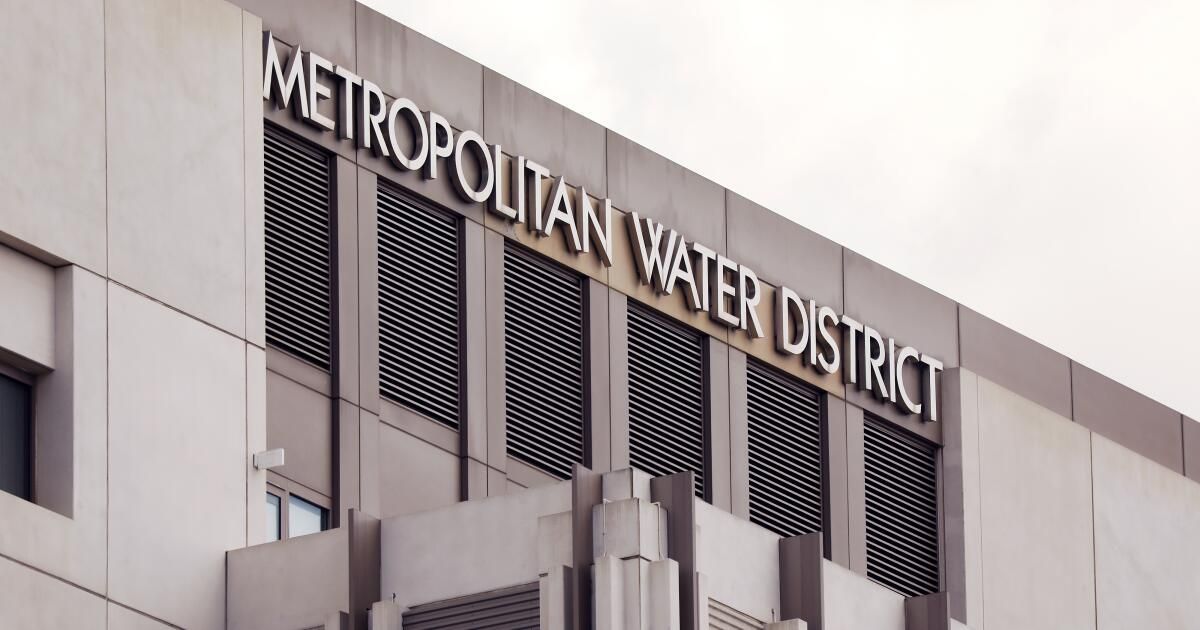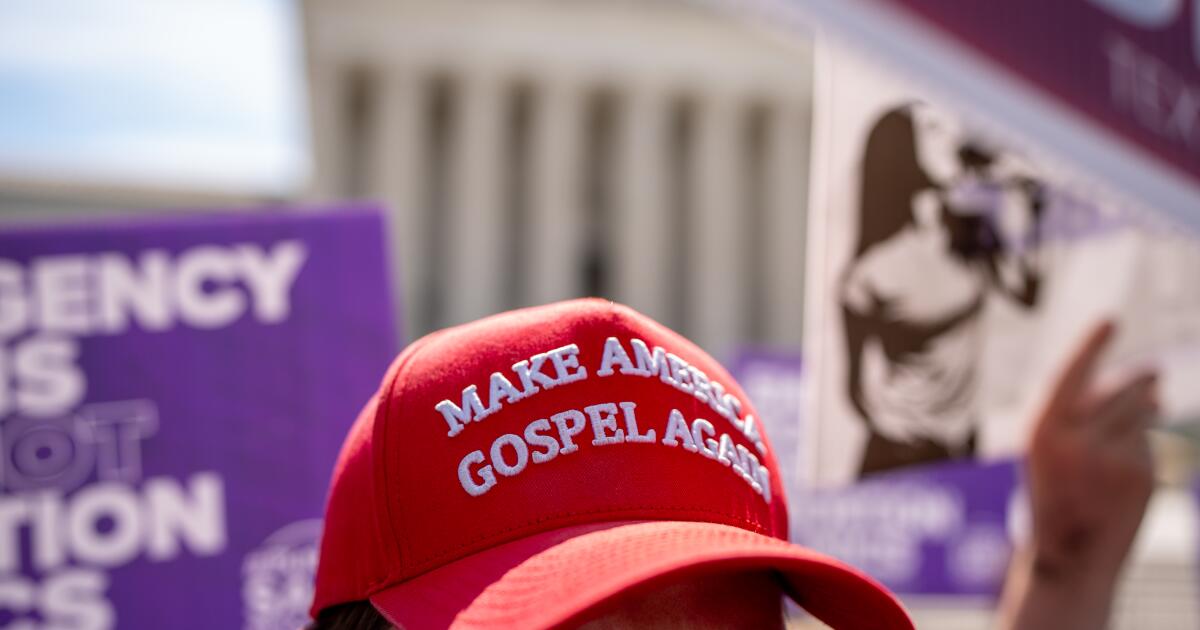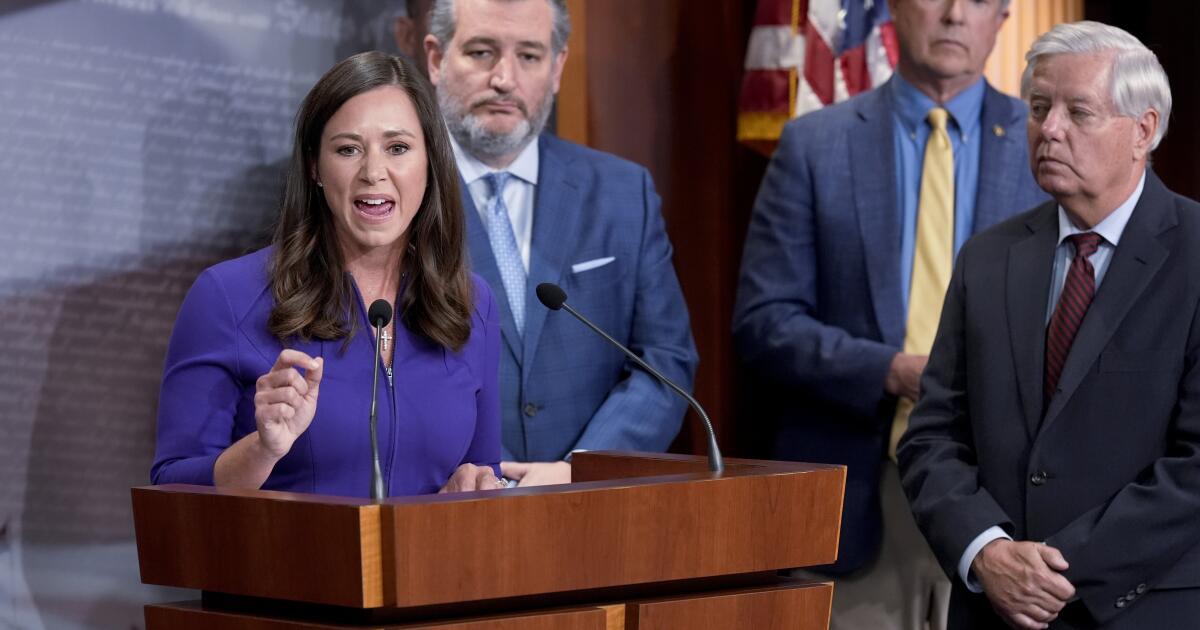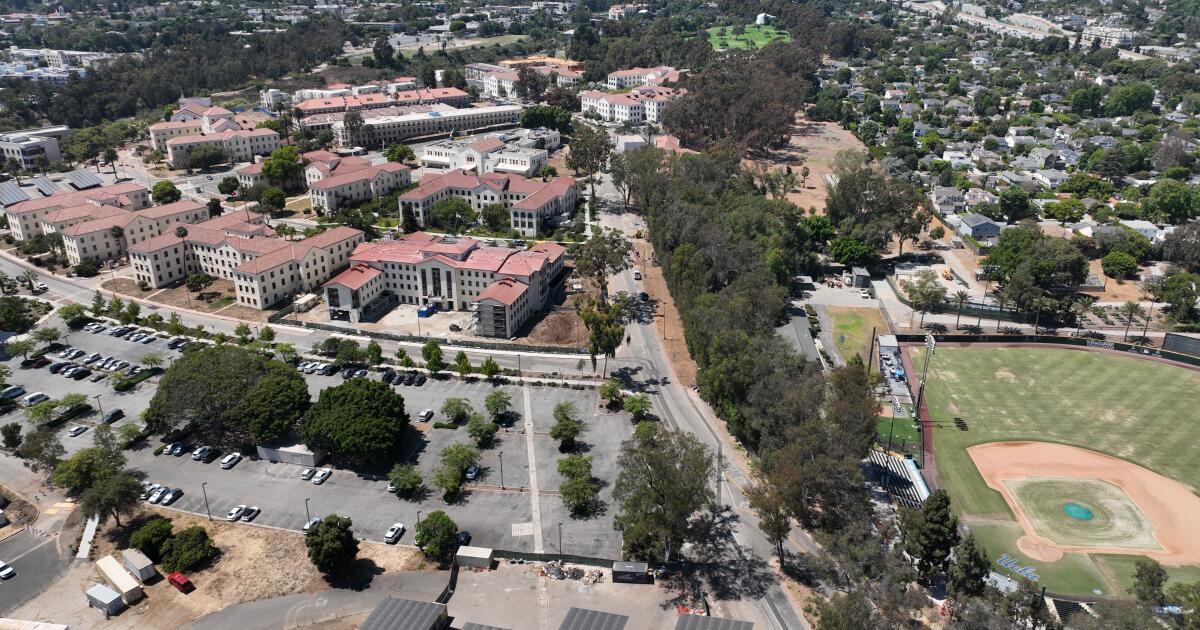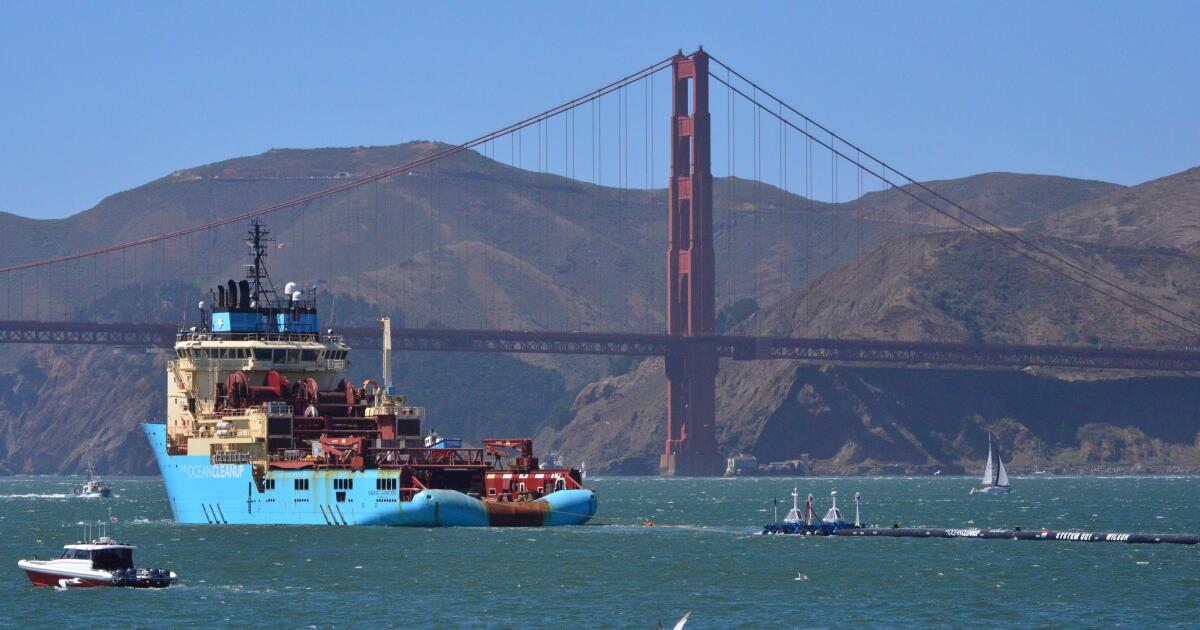It's the most frustrating part of conservation. To save water, you tear up the grass, shorten your shower time, collect rainwater for your flowers, and stop washing your car. Your water consumption plummets.
And despite all those problems, your water supplier increases your rates. Because? Because everyone uses much less and the agency is losing money.
That's the dynamic at play with Southern California's massive wholesaler, the Metropolitan Water District, despite full reservoirs after two of the wettest winters on record. The Met, as it is known, acquires and stores water to sell to 12 districts and 14 cities that serve about 19 million people in Southern California.
It has an additional revenue hammer that its member agencies, which resell water to consumers, lack: It can raise property taxes without getting voter approval.
Under a budget adopted April 6 by the Met's board, both taxes and fees will increase next year.
Rates charged to water agencies and cities will increase 8.5% in 2025 and another 8.5% in 2026. Ratepayers in cities like Los Angeles, which have their own water supplies, may not notice account, because they will need relatively little water from the Met after the rains. winter. Compton and other cities that do not purchase Met water will not be affected by the rate increase. Beverly Hills and other cities that get almost all of their water from the Met will be affected immediately.
But all homeowners in the Met's six-county area will see a tax increase, although for most it will amount to less than $100 a year.
Should water users be happy with these increases? The answer is a contradictory “yes.” Costs would be higher and water scarcer in the future without modest increases now.
Southern California water rates and taxes are byproducts of the 20th century, an era with climatic and economic conditions very different from today. When the Met was created in the 1920s to bring water from the Colorado River to Los Angeles, Orange and four other counties, California was abnormally wet, although no one knew it at the time. They still didn't know it decades later, when the State Water Project was built to transport water from Northern California to the South.
Seemingly endless economic and population growth led to the expectation that water costs could be covered by future generations, who would become older and thirstier, and more end users would pay water bills.
Those days are over. Even with periodic wet winters, the customer base has stabilized, while supply has become less predictable. Climate change and severe multi-year droughts make things worse. We need to build new facilities to capture stormwater and recycle wastewater. At the same time, old pumps, pipes, transformers and other equipment are aging and need to be replaced. These capital projects represent fixed costs that do not decrease as water use and revenue decrease.
If these costs are not covered, the Met will have to import more water from elsewhere, at even higher costs, or draw increasingly scarce (and therefore more expensive) water from existing sources. So the choice is not whether to pay more. The choice is whether whatever higher rates and taxes we pay will cover a consistently reliable supply or an increasingly sporadic and unpredictable supply. Reliability, obviously, is the best option.
The remaining decision was how to divide the increase between fees and property taxes. Los Angeles City Met board members opposed the formula, arguing that higher property taxes will increase housing costs. But housing simply won't be sustainable for tenants if water costs are added to rates. This is a fairer structure because it shares the burden between tenants and landlords.
In addition to increasing housing and water costs, regulators are trying to balance the burden of electricity bills as the state urges Californians to adopt electric appliances and vehicles. The Public Service Commission has proposed a formula for electricity that is somewhat similar to the Met's increases for water: part fixed cost, part rate increase. The idea is to encourage careful use of resources without allowing anyone to bear an unfair share of the burden.
Over the decades, Southern California residents may have come to think of cheap water as a birthright. But additional investments will be needed to keep the water flowing. Even as higher costs trickle down to consumers, water in this increasingly arid region remains a bargain.

